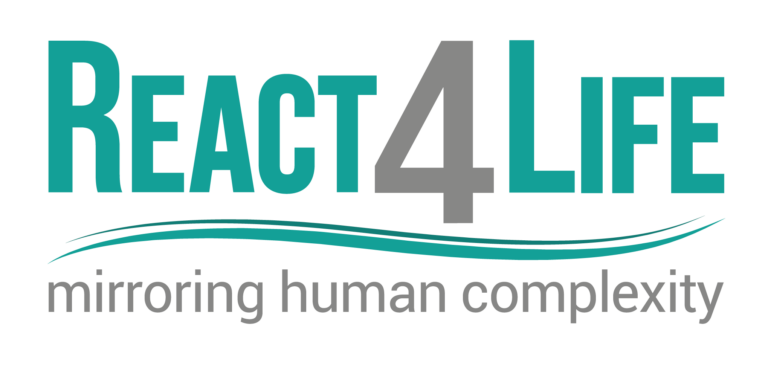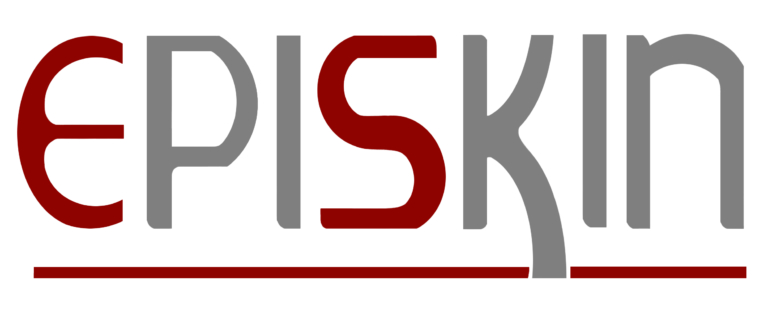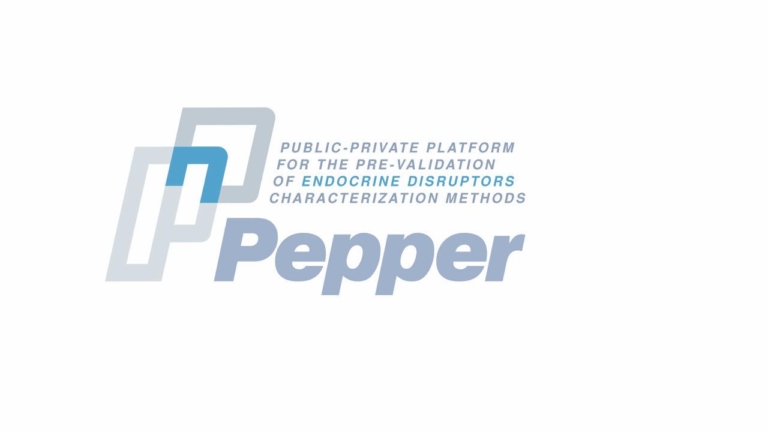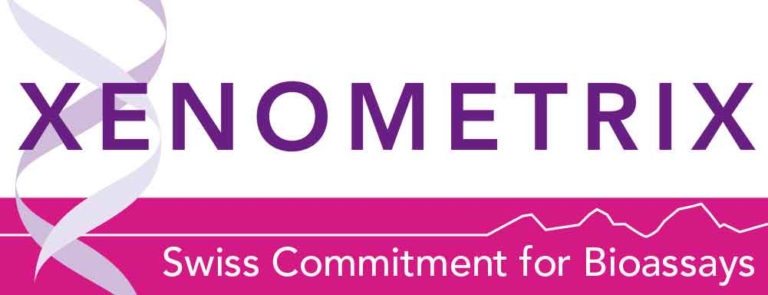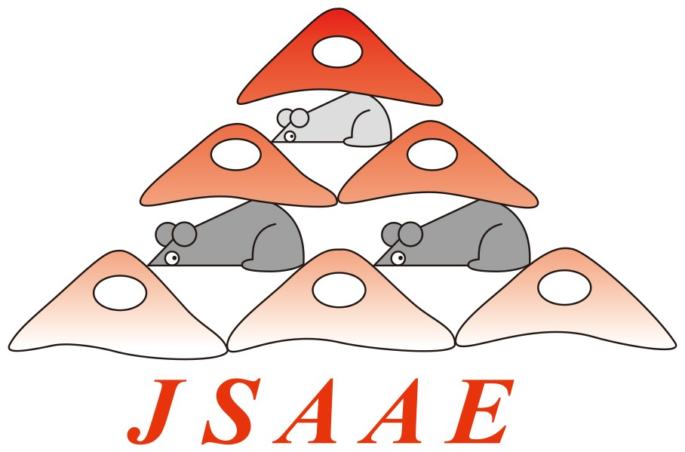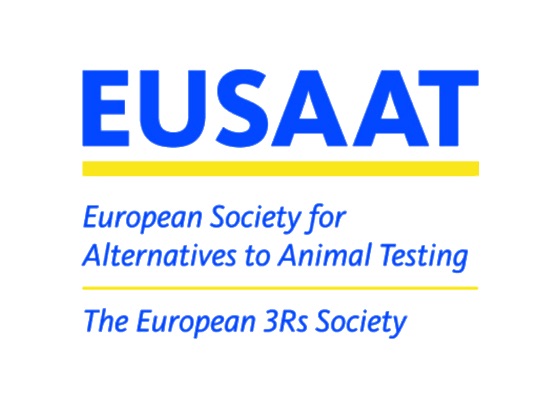I write as I am still reeling from the loss of my loyal friends and valued collaborator, Bob Combes, who died suddenly on 6 June 2021, as the result of a pulmonary embolism.
Bob graduated from Queen Mary College, University of London, with a BSc in Botany and a PhD in Genetics. After holding various posts, including Reader in Toxicology at Portsmouth Polytechnic, and Head of Mutagenicity and Cellular Toxicology at Inveresk Research International near Edinburgh, his professional life was transformed, when, in 1994, on my departure from Nottingham to set up the European Center for the Validation of Alternative Methods (ECVAM) at Ispra, we appointed him as Scientific Director, later Director, of FRAME (Fund for the Replacement of Animals in Medical Experiments).
We quickly developed an excellent, profitable and mutually beneficial, relationship. He was very supportive of my work at ECVAM and of the FRAME Alternatives Laboratory at the University of Nottingham, now led by Richard Clothier.
He led FRAME’s small team at Russell and Burch House effectively and in new directions, became an Associate Editor of FRAME’s journal, ATLA (Alternatives to Laboratory Animals), and steadily became more and more internationally well-known. He became the British member of ERGATT (European Research Group for Alternatives in Toxicity Testing), a member of the ESAC (ECVAM Scientific Advisory Committee), and the President of ESTIV (European Society of Toxicology In Vitro, 1998-2002).
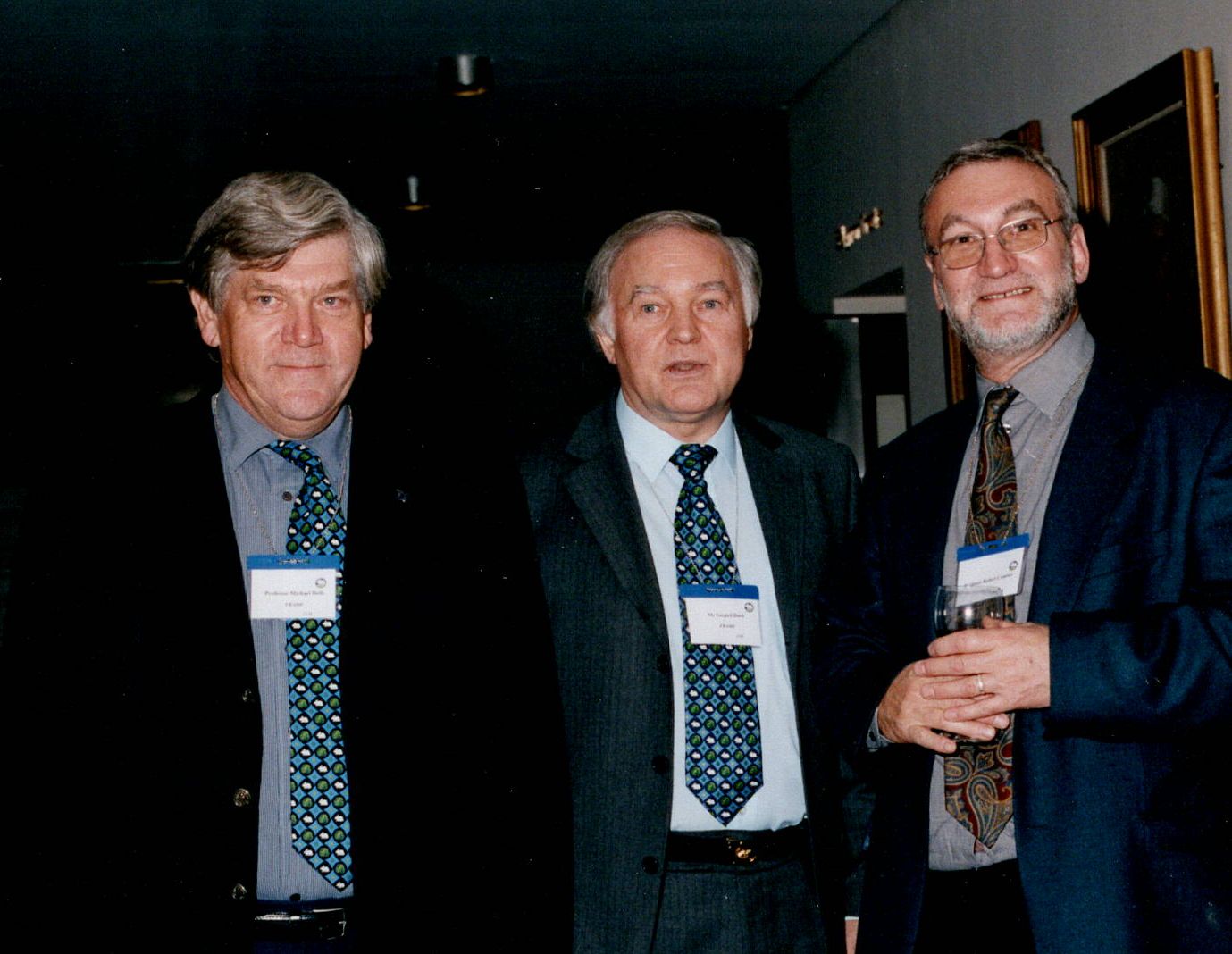
He was greatly valued as a member of various committees, and especially as a participant in small-group workshops, especially those in the ECVAM series, including the workshops on Practical Aspects of Validation (Amden II, 1995), The Integrated Use of Alternative Approaches (1995), The Development and Validation of Expert Systems (1997), The Use of Transgenic Animals (1998), Reduction (1998), Cell Transformation Assays for Carcinogenicity (1999), The Availability of Human Tissue (1998), Metabolism (2005), and The Principles of Weight-of-Evidence Validation (2006). He was renowned for his skill and dedication as a rapporteur. As Rodger Curren (IIVS) put it: I’ve attended many workshops and committee meetings with Bob over the years, and what continually amazed me was how often he agreed to be rapporteur, even during often contentious meetings. Many workshop sessions would continue until late hours (after which most of us headed straight to bed or to the bar). In contrast, Bob would retire to his room and put in what must have been several hours, to write a meeting outline and conclusions from the previous day. It was amazing that a comprehensive review – often containing new comments that clarified and settled outstanding issues – was waiting for us as we restarted the meeting the next morning.
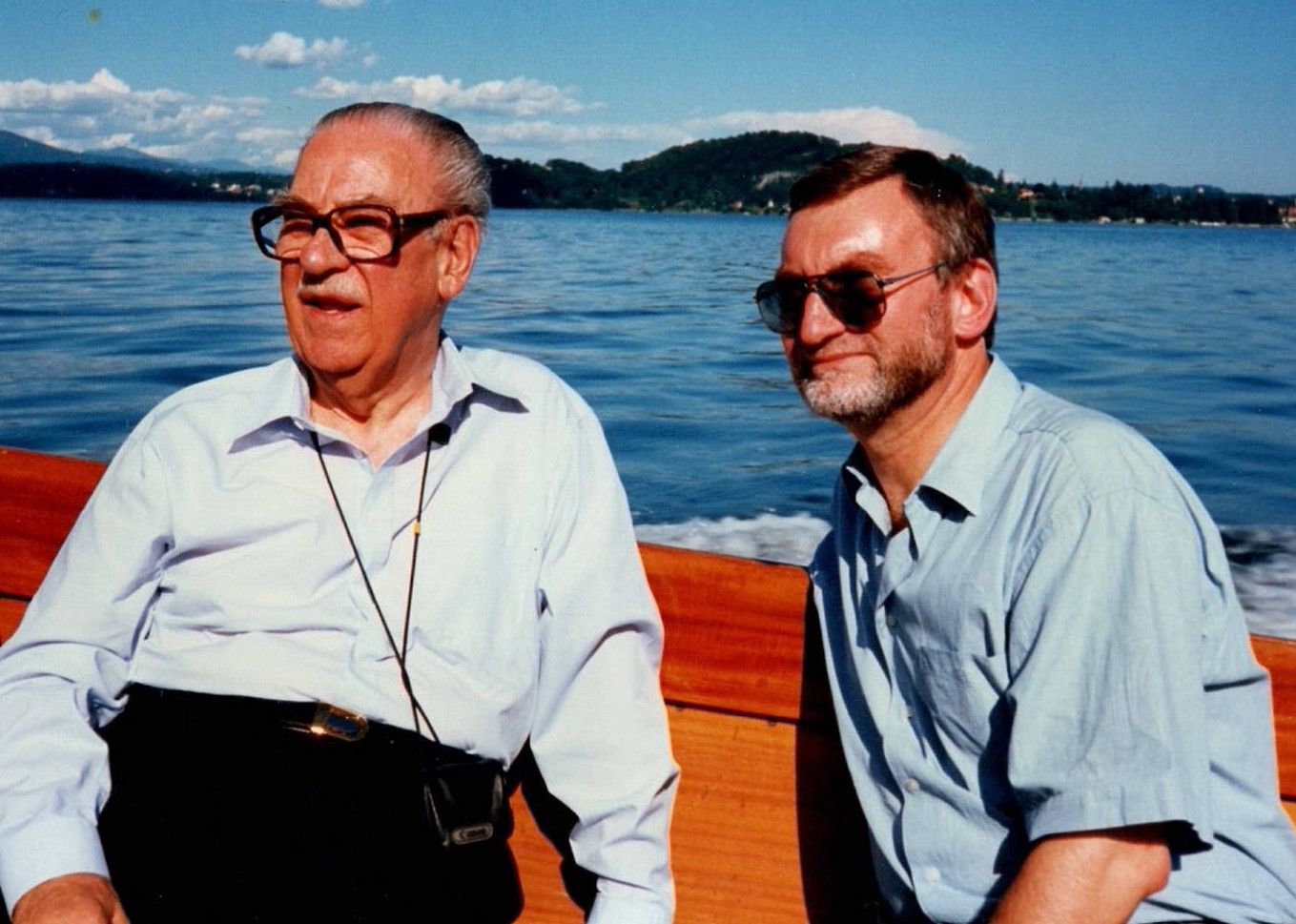
Bob was the author or co-author of 90 articles, comments and editorials in ATLA between 1995 and 2018, and I was a co-author for 30 of them. We produced highly-original comments on many issues, including the relevance and reliability of OECD animal test guidelines, the validation of replacement tests, and the need for an invalidation process. We also collaborated in editing, including: New Technologies for Toxicity Testing (with Nirmala Bhogal, Springer, 2012).
Bob was a leader in the partnership between FRAME, Liverpool John Moores University and the Department for Environment, Food and Rural Affairs, on integrated decision-tree strategies with respect to the EU REACH system. FRAME also organised its own workshops, on, for example, New Approaches to Chemical Risk Assessment (2005), which Bob chaired, and on In Vitro Models of Inhalation Toxicity and Disease (2009), for which he acted as rapporteur.
He was much loved for being the life and soul of the party, but he perhaps paid a price for maintaining his bonhomie and his sense of humour. By the early 2000s, Bob was suffering from serious clinical depression, which eventually made it impossible for him to carry out the duties that his position at FRAME required. As a result, his time with FRAME ended in 2008. I am not a psychologist, but I am impressed by Aaron Beck’s 1976 cognitive theory of depression, where the illness is viewed as being based on three elements in a person’s belief system: negative views about oneself, negative views about the world, and negative views about the future. Be that as it may, I am convinced that Bob’s life was deeply affected by an underlying lack of self-confidence, for which there was no reason.
I am sorry to have to admit that, partly because I was struggling with my own problems at that time, I then lost contact with Bob until I made a magical discovery in 2013. I found that he had moved to Norwich, to be close to his daughter, a very successful schoolteacher, and lived only 400m from the house in Norwich Cathedral Close, where I now spent half of each week.
I asked him to come and see me, and this led to a lasting and ever-deepening friendship, now sadly brought to an abrupt end. There were no signs of his depressive illness by then, and neither of us ever mentioned it, but he was now suffering from Parkinson’s Disease (PD). We met virtually every week for six years, and shared our love for Handel’s operas and for concertos by many other composers. We went to concerts in the Cathedral, and at the Royal Albert Hall, in London, and to the annual dinners of the Norwich Gilbert & Sullivan Society, as well as sharing many good dinners and glasses of good red wine. I was able to offer him some support with his PD, and he was of immense help to me, as I struggled to care for my wife, of whom he was very fond, as her own incurable disease progressed.
Meanwhile, he had 14 publications in ATLA between 2013 and 2018, for 8 of which I was his co-author. We worked together on a number of old and new projects, including the safety of electronic cigarettes (ResearchGate records 5,636 reads for our review, published in 2015). We had no arguments or disputes, as we had total confidence in each other. Bob was a mine of knowledge and information, with a very wide compass and great skill and determination in tracing details we needed to know.
My house in The Close was ideal for small scientific meetings, and we had in-depth discussions with Rodger Curren (IIVS) and Maria Gaca (British American Tobacco) on the safety of new smoking materials, with Jarrod Bailey and Katy Taylor (Cruelty Free International) on the testing of new drugs without using animals, and with Andrew Worth to plan one of our greatest achievements, the publication of The History of Alternative Test Methods in Toxicology (Academic Press, 2019).
We had many plans for new initiatives, but COVID-19 intervened. Bob had to go into full-time residential care in January 2020, and we had to continue to interact together via e-mail. We had been longing for the opportunity to meet again, but that cannot happen now. I am left with warm memories.
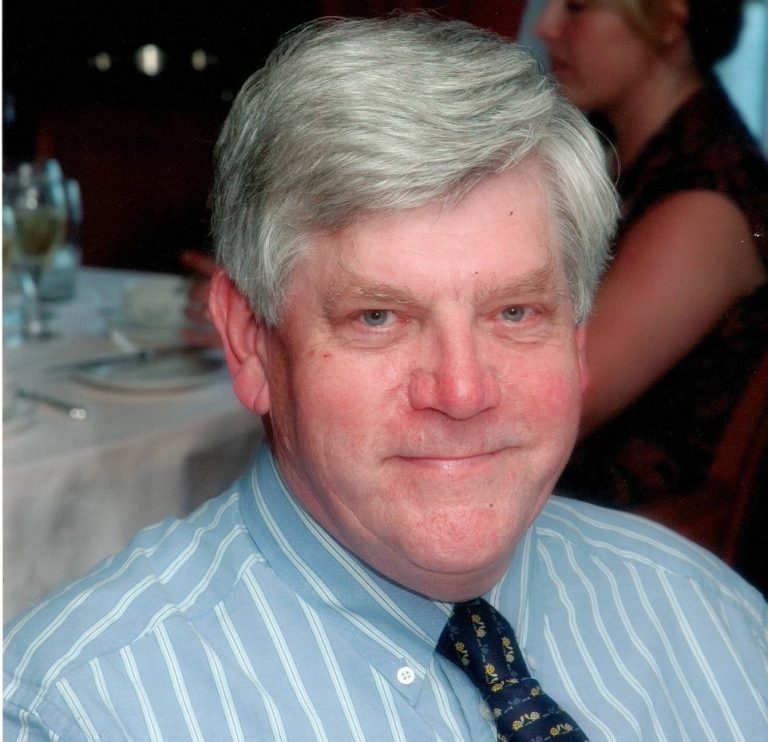
 The ESTIV Members Area
The ESTIV Members Area